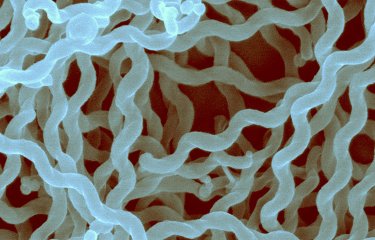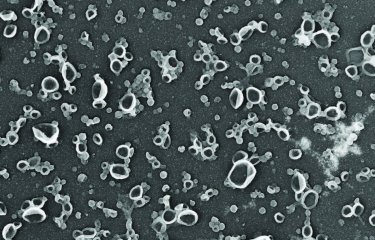Cardiac asymmetry established during embryonic development is critical to heart function. 1% of all newborns are affected by a heart defect, which in France accounts for approximately 8,000 babies per year. It is therefore essential to understand the mechanisms of heart formation in order to determine the causes of these defects. Sigolène Meilhac's Heart Morphogenesis team at the Institut Pasteur and Imagine Institute are involved in work in this area. They have investigated the role of Nodal in cardiac asymmetry.
Compartmentalization of the heart into its right and left halves is essential for double blood circulation, maximizing oxygen distribution to the organs. An embryo’s heart is initially tube-shaped. Its transformation into a "heart loop" enables the cardiac chambers to align prior to double compartmentalization of the heart. This key stage in heart development occurs asymmetrically, like a snail shell coiled in one direction.
Nodal acts as a guide
The factor Nodal is known to act as a guide indicating the left side of the embryo. NODAL mutations in humans are associated with severe heart defects including heterotaxy syndrome, which is linked to abnormal arrangement or malformation of the visceral organs. The way in which Nodal regulates the asymmetric shape of the heart had previously not been known. Sigolène Meilhac's Heart Morphogenesis team at the Institut Pasteur is attempting to understand how heart asymmetry is established. They investigated the role of Nodal.
(video in French)
3D reconstructions have shown that Nodal shapes the cardiac tube into a loop
In 2017, scientists from the Heart Morphogenesis team designed a computer model capable of simulating the heart loop formation process and predicting various categories of defects. Using cell tracing, genetic disturbances, and these simulations, they went on to study the impact of Nodal on the formation of the heart loop. These effects were quantified in 3D reconstructions of the heart. In a publication dated November 23, 2020, the team reported that Nodal is transiently active in left heart cells prior to the heart looping process. Through a signaling cascade, Nodal modifies the ends of the cardiac tube to shape the loop, but does not initiate the looping process. Cardiac asymmetry-generating factors independent of Nodal therefore also exist.
Source :
Transient Nodal Signaling in Left Precursors Coordinates Opposed Asymmetries Shaping the Heart Loop, Developmental Cell, 23 november 2020
Audrey Desgrange1, Jean-François Le Garrec1, Ségolène Bernheim1, Tobias Holm Bønnelykke1,2, Sigolène M. Meilhac1
1Université de Paris, Imagine - Institut Pasteur, Unit of Heart Morphogenesis, INSERM UMR1163, 75015 Paris, France
2Sorbonne Université, Collège Doctoral, 75005 Paris, France






